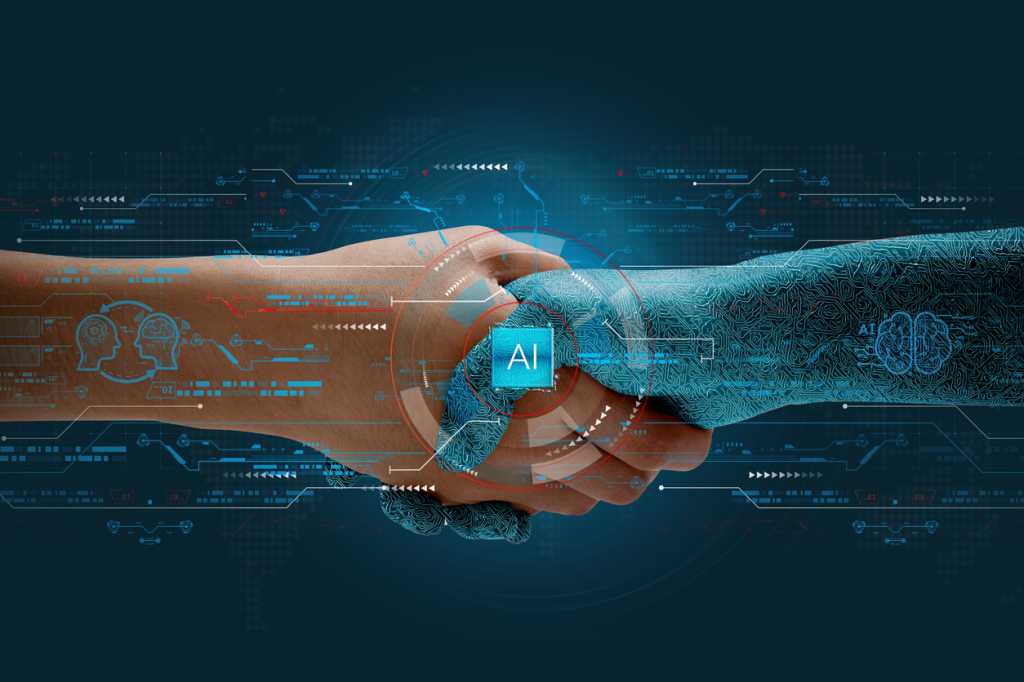When Anthropic announced its Claude 4 models, the initial marketing emphasized enhanced reasoning and coding capabilities. However, after extensive experience with AI coding assistants, it becomes clear that the true breakthrough lies in the emergence of genuine agency within these systems. While many conversations about AI coding capabilities center on syntactic correctness, benchmark scores, or the ability to generate functioning code, hands-on testing reveals a far deeper significance: AI systems can now comprehend development objectives holistically, pursue solutions autonomously, and navigate obstacles, presenting capabilities that exceed mere code generation.
To evaluate Claude 4’s agency effectively, real-world applications must be employed. I chose to assess its capabilities by tackling the task of building a functional OmniFocus plugin that integrates with OpenAI’s API. This undertaking required more than simply writing code; it demanded an understanding of documentation, implementation of error handling, crafting an intuitive user experience, and troubleshooting various issues. This collection of tasks highlights initiative and persistence that go beyond generating syntactically correct code.
In automation projects, AI systems often encounter issues that can stymie progress. A common problem is simply generating incorrect or incompatible code. For instance, an AI might produce code snippets that look correct syntactically but fail to run due to logical errors or missed dependencies. To address such issues, one should employ a series of troubleshooting steps: start by isolating the errors through thorough testing, then pinpoint where the integration fails. Adding debug logs to track variable states and flow can offer valuable insights, allowing you to see where the output diverges from the expected result.
Another common challenge arises from API rate limits. Many APIs impose restrictions on the number of requests that can be made within a specific timeframe. When the system exceeds these limits, it may throw errors that halt your plugin’s functionality. To minimize disruptions due to API rate limits, implement a simple exponential backoff strategy. By introducing delays between successive requests, developers can better manage API interactions and avoid exceeding rate limits. Additionally, maintaining a queue for requests that exceed those limits can allow for more organized handling.
Integration issues may also surface when attempting to connect disparate systems or libraries, leading to failures that can significantly delay project advancement. These problems often stem from version mismatches or lack of compatibility between libraries. To troubleshoot integration issues, first, ensure that all components are up-to-date and compatible with the latest versions. Consult official documentation for dependency specifications, and consider using version management tools to handle the different libraries properly in your development environment. If integration failures persist, experimenting with isolation (decoupling components to test them individually) can help identify root causes.
Prompt error resolution is not just a technical necessity; it carries broader implications for ROI and risk management. The faster development teams can identify and correct errors, the more quickly they can deliver results, directly impacting project timelines and ultimately revenue. Delays due to unaddressed errors can result in cost overruns and lost business opportunities. Furthermore, frequent troubleshooting and resolutions help refine the development process, creating a learning culture that promotes innovation.
In summary, the capabilities of AI like Claude 4 extend beyond mere coding tasks and encompass a more profound understanding of development objectives. As these technologies evolve, understanding how to troubleshoot common automation issues will be crucial for businesses looking to optimize output and minimize risks. By implementing rigorous testing, robust error handling, and effective API management, organizations can streamline their development processes, ultimately yielding a higher return on investment.
FlowMind AI Insight: The integration of AI in development signifies a shift toward greater autonomy in problem-solving, enhancing efficiency and effectiveness. By honing in on troubleshooting methodologies, businesses can not only reduce risks but also pave the way for scalable innovations in their operations.

